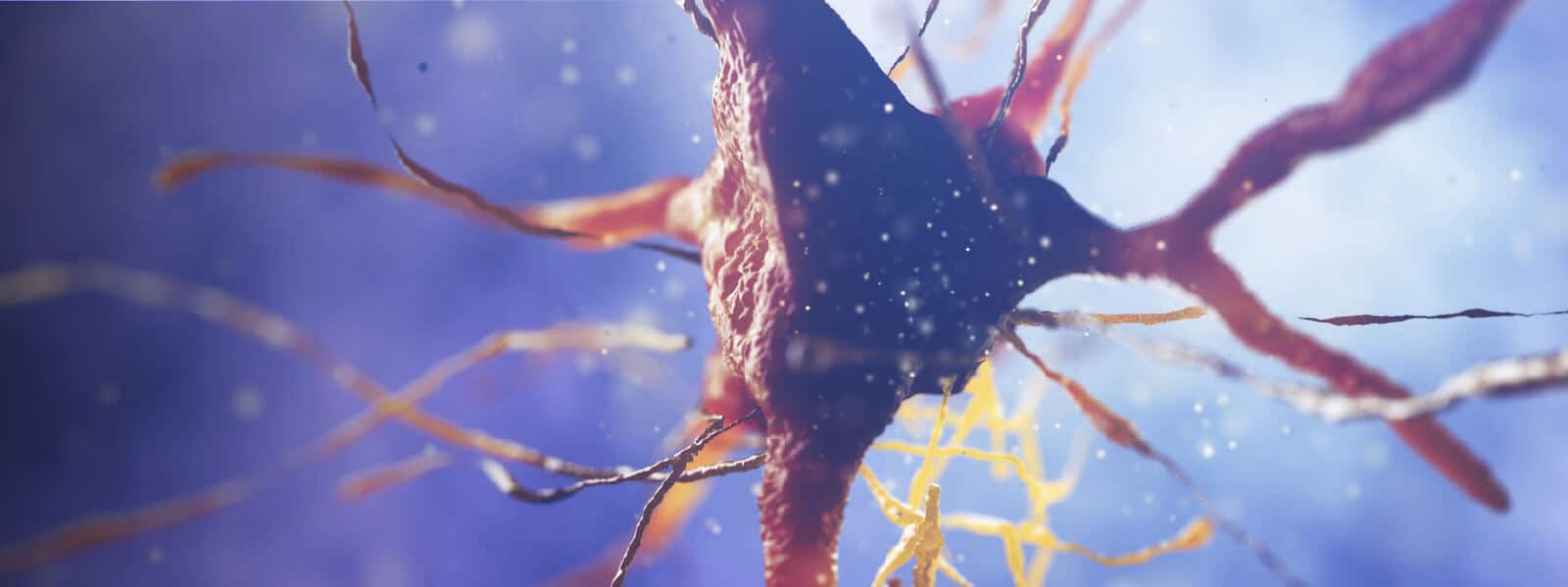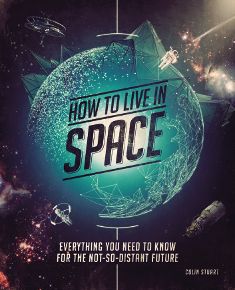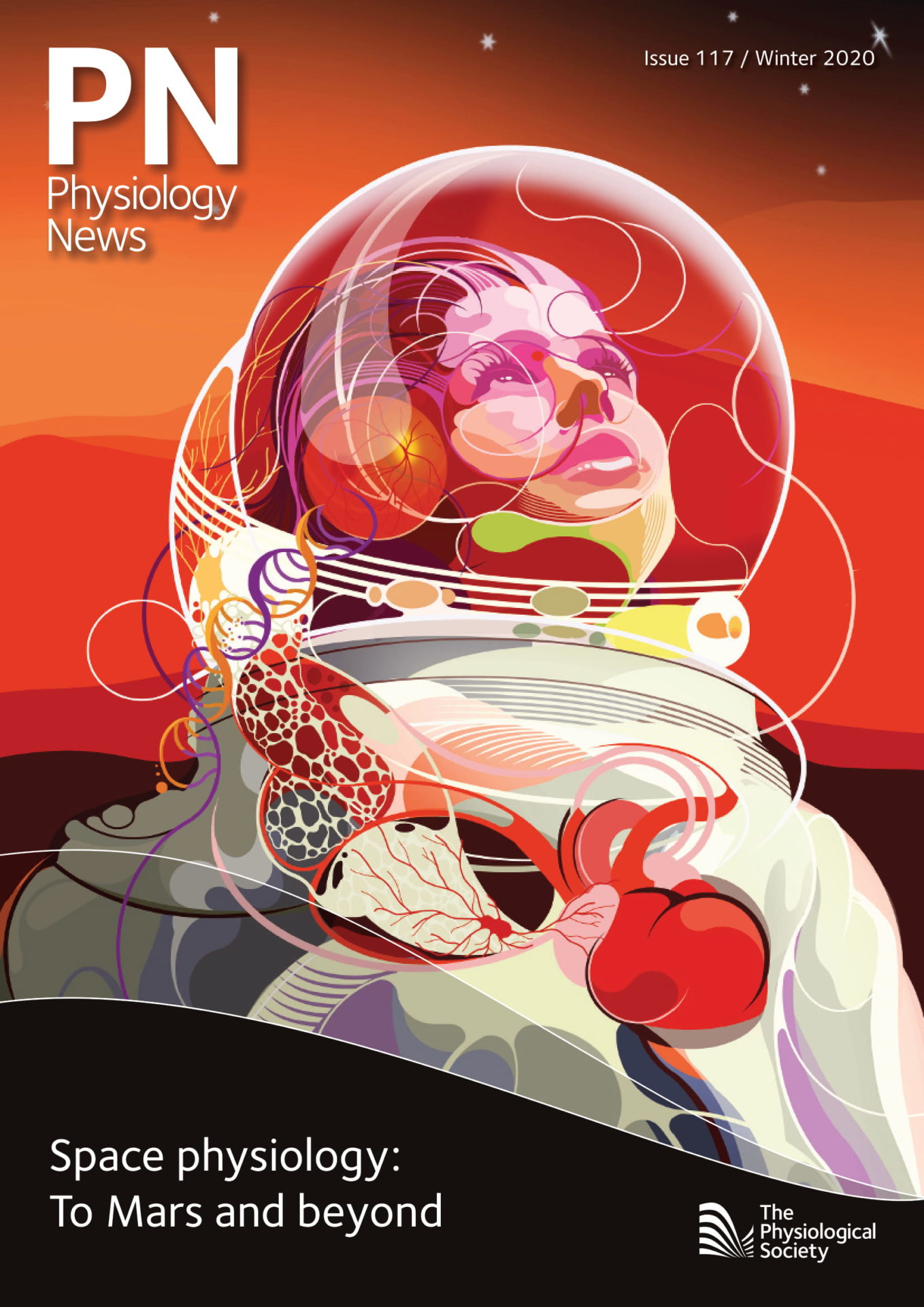
Physiology News Magazine
Book Review
How to live in space by Colin Stuart
News and Views
Book Review
How to live in space by Colin Stuart
News and Views
Karen Doyle
NUI Galway, Ireland
https://doi.org/10.36866/pn.117.15

Colin Stuart is an astrophysicist, successful author and scientific communicator. He is passionate about communicating the science of space with the public, and he is passionate about the need for interdisciplinary collaboration to advance space research. This book is a self-described space manual, describing what astronauts experience during training, the impact on an astronaut’s body of living in space and the implications to any future space exploration and tourism.
There are interesting factoids throughout, many of them general knowledge, but some specifically physiological. For example, did you know – space starts 100 km above the Earth, at the Kårmån line, the point at which aeronautics becomes astronautics. It takes 9 minutes from lift-off to reach an orbit 220 km above the earth. Earth’s escape velocity is 11.2 km per second, and a typical lift-off subjects an astronaut to 3G – substantial enough forces, but this pales to insignificance when faced with the typical 8G force of re-entry. In preparation for space, astronauts train underwater where the weightlessness of outer space is simulated. Training in centrifuges allows astronauts to prepare for high G-force environments. Much of this training focuses on muscle flexing and breathing techniques. Exhaling is no problem in such an environment, but inhaling is extremely difficult, so astronauts need to learn to restrict breathing to short, sharp inhales and exhales.
Another key physiological concern is the nausea associated with weightlessness. Astronauts train in the “vomit comet”, where they are subjected to parabolic arc flight sequences of sharp ascents and precipitous descents while flying high above the Nevada desert. Space sickness, also known as
space adaptation syndrome, affects 75% of astronauts. The degree of space sickness is very individual and is measured using the Garn scale – a scale based on the worst case ever recorded – a poor unfortunate who needed to be Velcro-ed to a wall on the International Space Station (ISS) for the duration of the trip to minimise his sickness. The cause of space sickness is the effect of weightlessness on the fluid in the vestibular organs, activating the hair cells in a manner that conflicts with visual signals, disorientating the brain and usually lasting for 2 – 4 days.
There is interesting information on how tricky it is for humans to live in space. There are details describing how oxygen is generated and carbon dioxide removed from the air and details of water recycling on the ISS. It is possible to recycle shower run off, sweat and urine from everyone on board, be they human or animal. The Russians draw the line at recycling urine, but the Americans happily drink it!
The effects of months in space on the human body is particularly fascinating. Astronauts are likely to develop chicken legs, puffy face and kidney stones. A six-month stay in orbit reduces bone density by the equivalent of 10 years on earth, reduces physical work capacity by 40% and exposes astronauts to heightened cosmic radiation, increasing cancer risk. Astronauts have to readjust to Earth’s gravity in many ways upon their return – even the muscles for articulation are affected by space. The astronauts exercise for 2.5 hours daily on the ISS, with a mix of weights and aerobic exercises to minimise musculoskeletal loss, but much more research is needed to understand how to minimise the impact on long space missions.
The physical changes observed in astronauts on the ISS suggest that should humans leave Earth in search of a new home far, far away, the human body would change to adapt to low gravity – we would likely become taller, thinner, may struggle to give birth naturally and would be crippled by the high gravity conditions when returning home for a visit.
This book is a very interesting read for anyone interested in science – touching on physiology, chemistry and of course astrophysics, as well as interesting general knowledge that will be invaluable for future space tourists and pub quiz enthusiasts!
